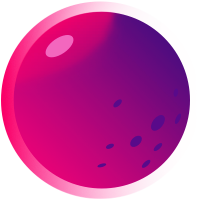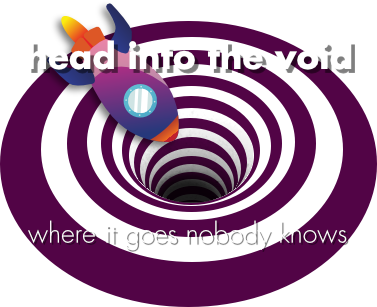
PDF: (Portable Document Format)
A PDF is a Portable Document Format developed by Adobe that can be universally downloaded and viewed by any computer. PDFs are most suitable for sharing previews of work and are universally viewable. If you have Adobe design software installed you will have the ability to edit and create PDF documents that otherwise would be uneditable.
PPI: (Pixels Per Inch)
PPI stands for “pixels per inch,†which is a measure of pixel density used by electronic image devices. You’ll likely see this used with scanners, cameras, TVs or monitors.
Pixel:
A pixel is the smallest unit of a digital image or graphic that can be displayed and represented on a digital display device. A pixel is the basic logical unit in digital graphics. Pixels are combined to form a complete image, video, text, or any visible thing on a computer display.
PNG: (Portable Networks Graphic)
A PNG (Portable Networks Graphic) is an image format. The main advantage of PNG over JPEG is that the compression is lossless, which means there’s no loss in quality each time a file is opened and saved again. PNG is also good for detailed, high-contrast images and can support images without a background making them useful for many types of media.
PPC: (Pay-per-click)
Pay-per-click is an advertising model in which advertisers can place ads on the web and pay only when somebody clicks on it.
PLA: (Product Listing Ads)
Also called, Google Shopping Ads, those ads can appear on various Google properties. They display the product image, product name, merchant name, price, and they usually link to a product page.
Paid Social Media:
Sometimes shortened to paid social, this advertising strategy consists in placing ads on social media platforms. The enormous amount of data collected by social media platforms allows you to refine your target audience to a degree that you cannot even imagine, especially on Facebook. Let’s start with the obvious ones, you can target people based on demographics, their location, their interests. Sounds ok so far? Now what if we tell you that you can also target people based on life events such as having a new pet, the end of a relationship, or moving house. Facebook gathers information from large consumer databases and on top of that, tracks people outside of the social platform, which in return allows advertisers to go quite far in terms of targeting. To give you an idea of how much these companies know about us, some consumer databases like Acxiom have an average of 1,500 data points per person!
Page depth:
It is the number of clicks it takes to reach a page when starting from the home page. For example, if it takes two clicks to get to the “About us” page, then its page depth is 2. It has been proven that the deeper the page, the less likely Google will crawl it. Uncrawled pages will therefore not be added to the index, and will not be able to rank on Google.
PageRank:
This is a SEO metric and a component of Google’s algorithm. Google basically evaluates the importance of each page, and then gives a score between 0 and 10. The score given is a reflection of the number of links to each page, and their quality.
Read a bit more...

